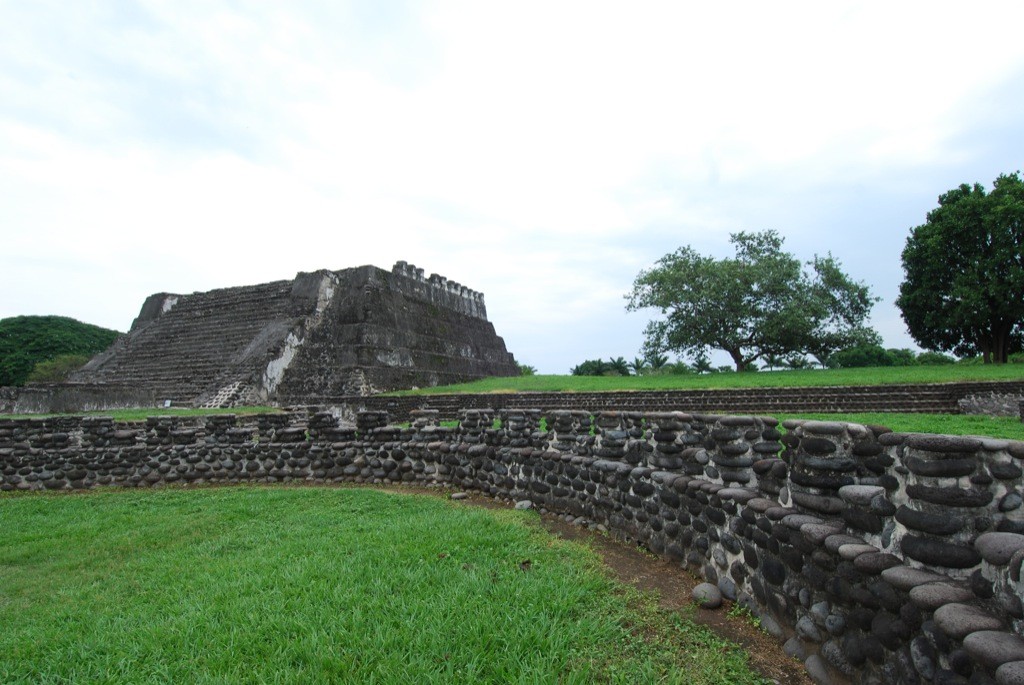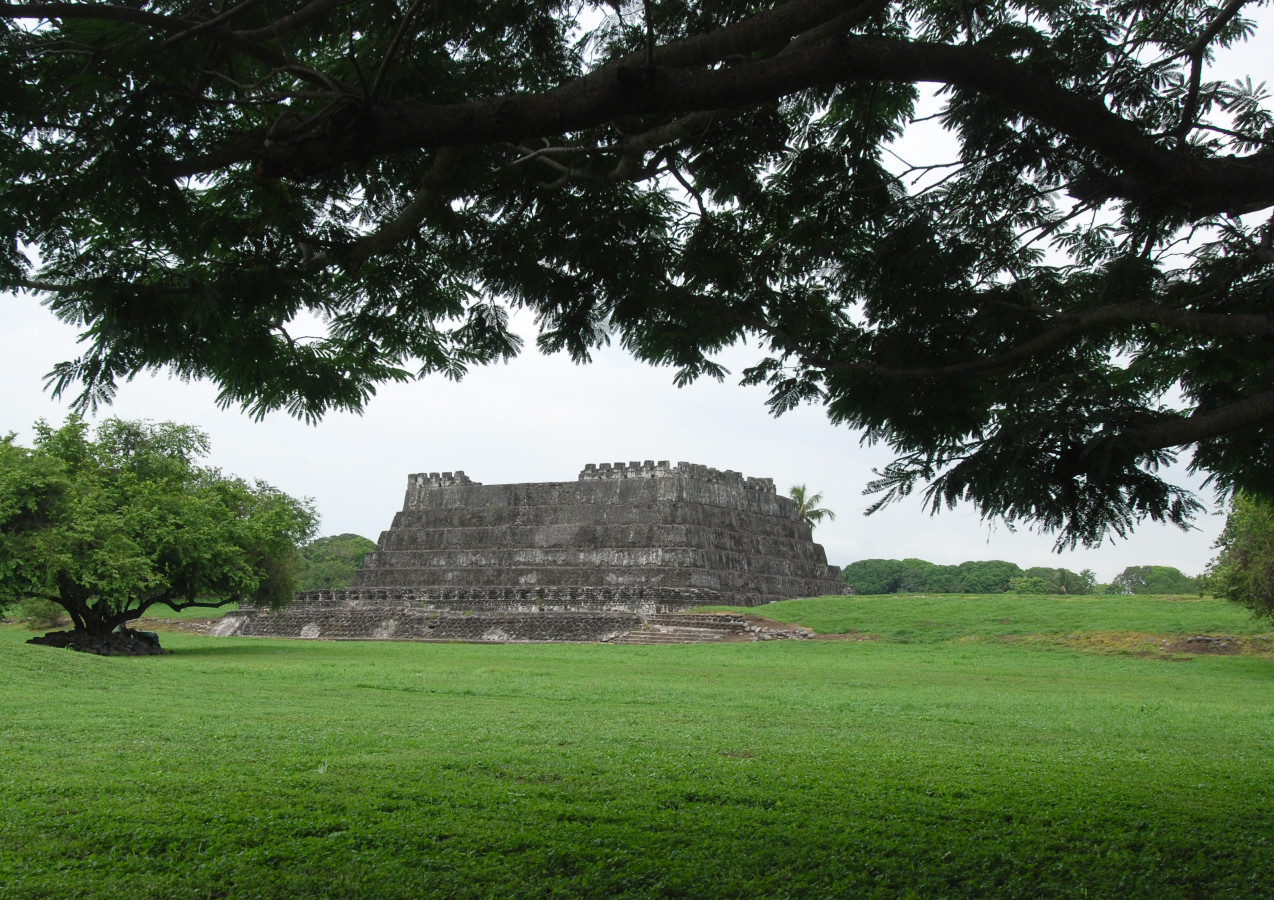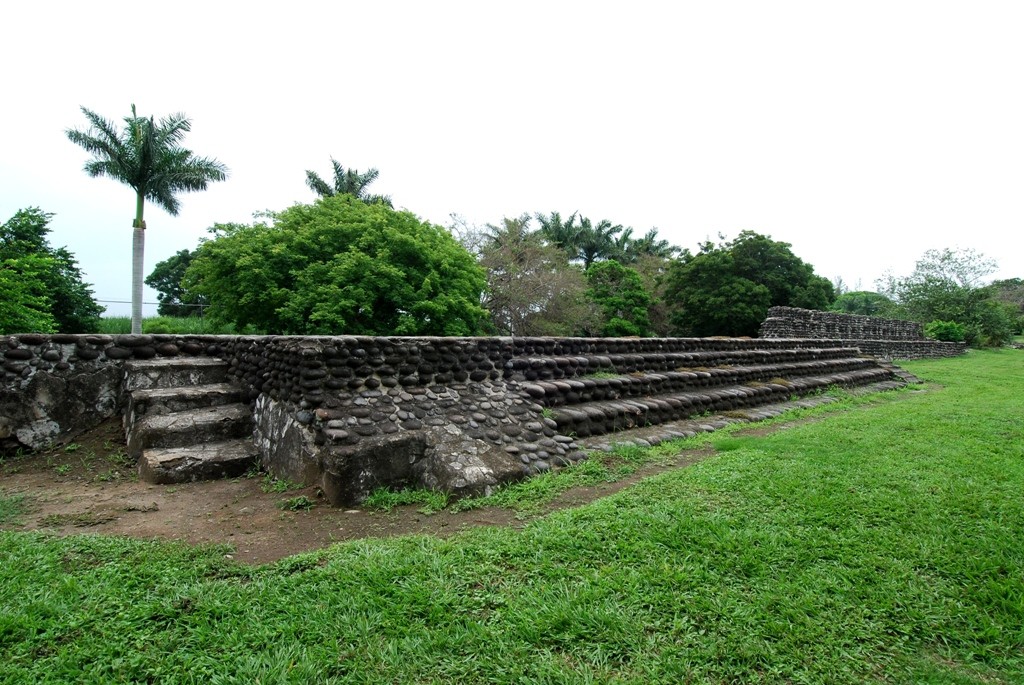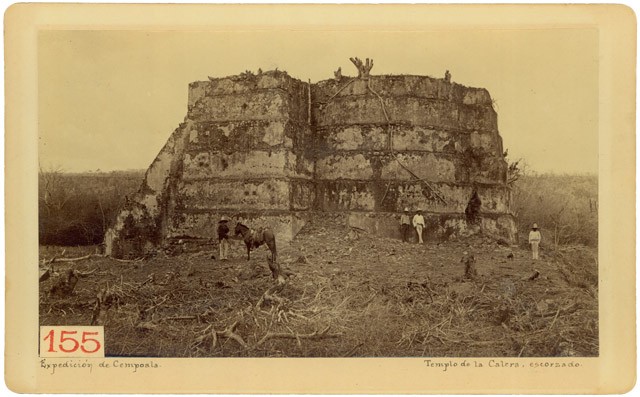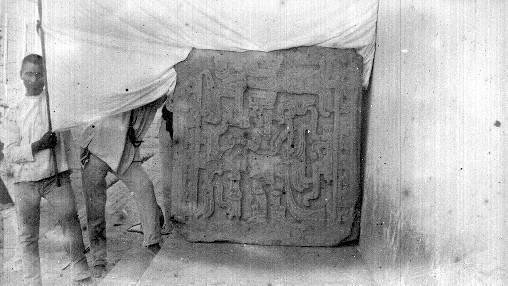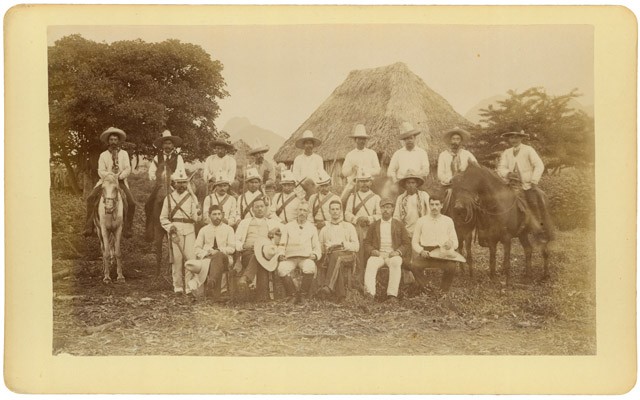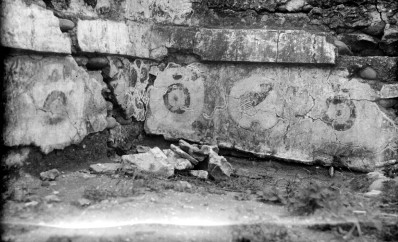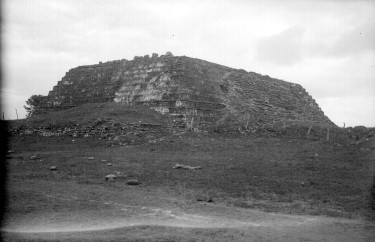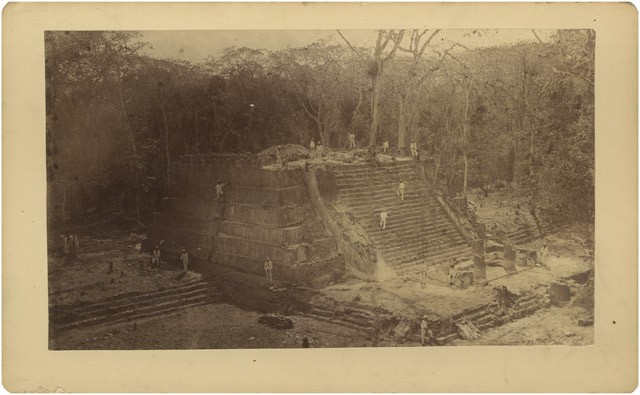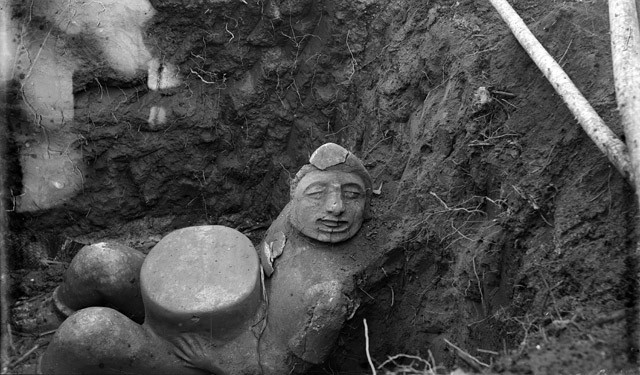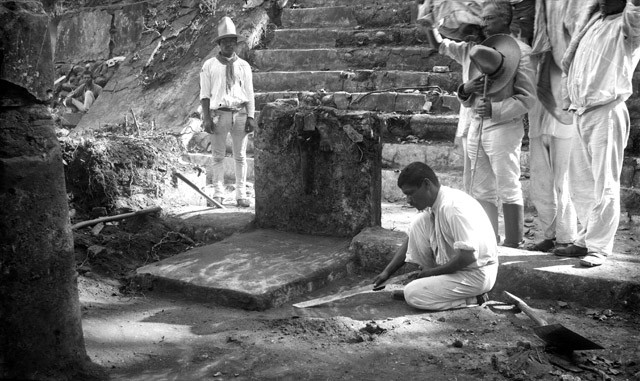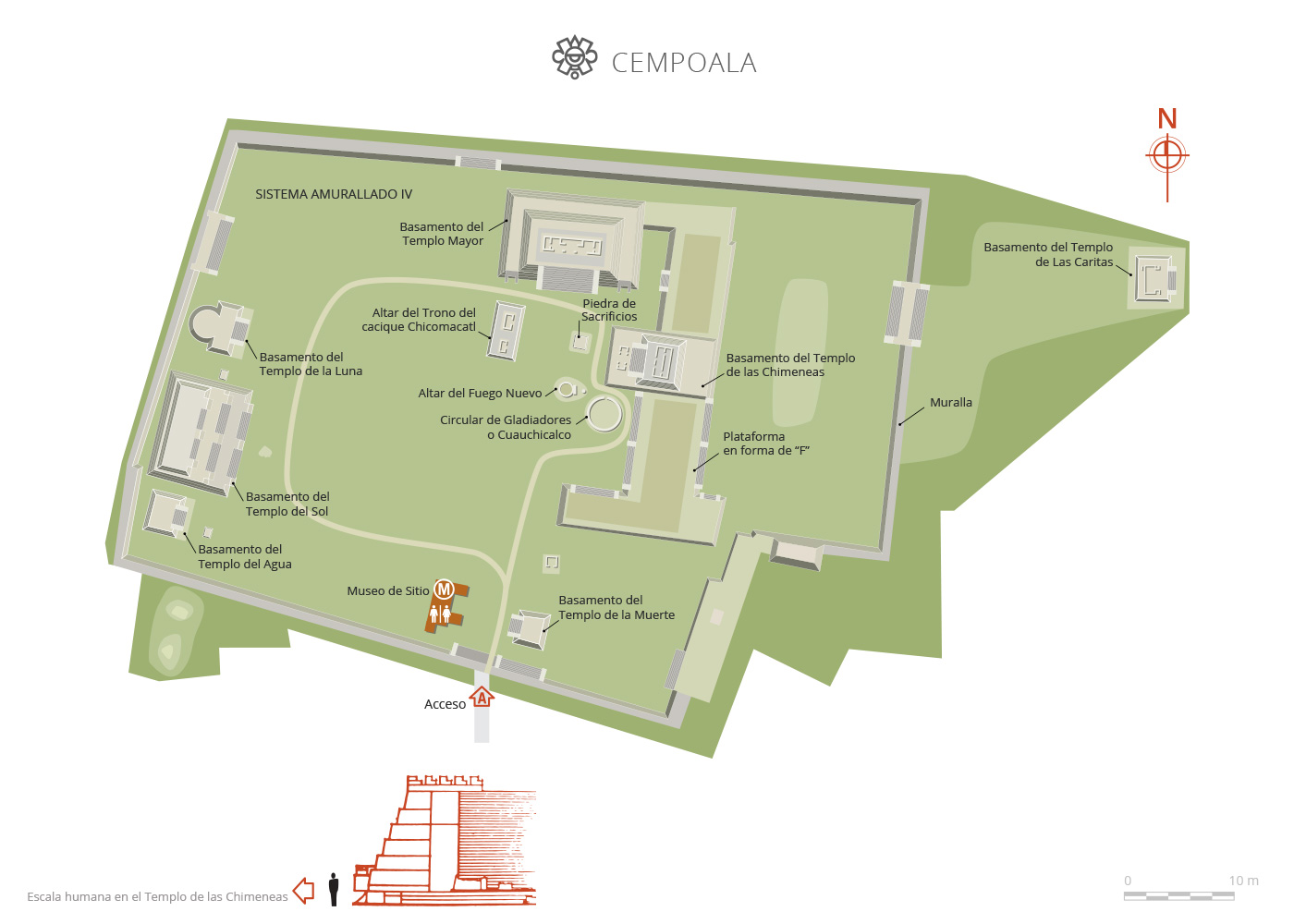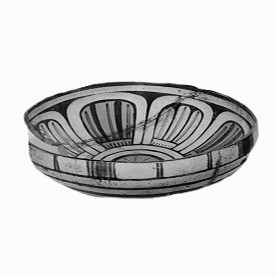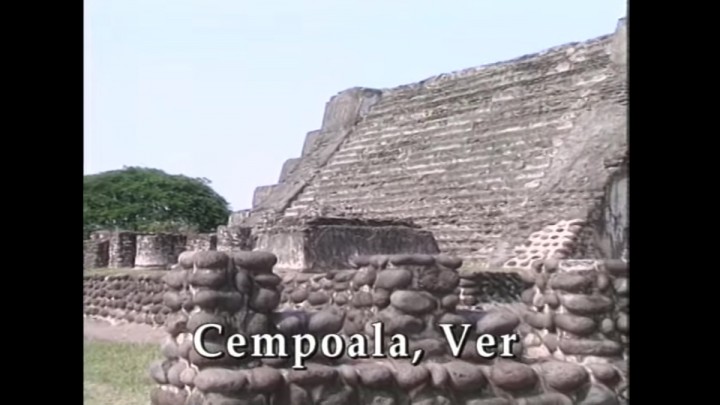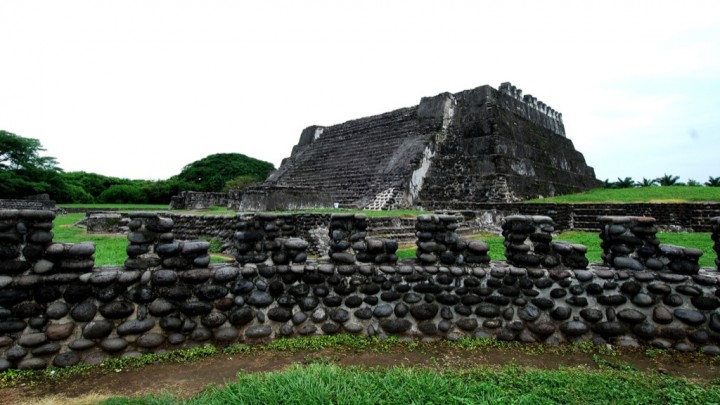Cempoala
Abundant water or the place of twenty
This powerful Totonac capital once dominated a large area of present day Veracruz and the north of the state of Puebla. Temples, palaces, plazas and fortifications testify to its importance as a political and religious center. Subjugated by the Mexica empire, it allied itself with Hernán Cortés to defeat Moctezuma.
About the site
Cempoala was one of the most important centers of Totonac culture, with origins going back to 900 BC, when groups of Totonacs displaced by the Toltec empire left the slopes of the Sierra Madre Occidental in search of fertile lands free from the control of Tula. In the late Postclassic period they fell under the sway of the Mexica and from that point Cempoala became the principal city of 50 Totonac, Chinantec and Zapotec towns, the place for collecting all the tribute from the coast and the mountainous regions of the south. In 1519 Hernán Cortés and his troops formed an alliance with the "Fat Cacique" of Cempoala to fight Tenochtitlan.
Cempoala’s territorial organization was spread out, with areas of production within and outside the city. This site had a complex infrastructure to regulate water, a system of barriers to protect the city from constant flooding, and a hydraulic network which channeled the waters of the river Actopan, or Chachalacas, to the city while wastewater was channeled by conduits from houses and buildings to the farm land.
The main constructions of this city are the Great Pyramid or Temple of the Sun, the Great Temple, the square-based Temple of Quetzalcoatl and the Temple of the wind god Ehecatl, with a circular base like the Temple of the Chimneys and El Pimiento, a structure which has three volumes decorated with stone skulls. Another important structure is Las Caritas, which has two levels and is decorated with stucco skulls. Three rings of stepped stone were found in one of the plazas. They were used by the priests to measure time, the harvests and the eclipses.
Cempoala’s territorial organization was spread out, with areas of production within and outside the city. This site had a complex infrastructure to regulate water, a system of barriers to protect the city from constant flooding, and a hydraulic network which channeled the waters of the river Actopan, or Chachalacas, to the city while wastewater was channeled by conduits from houses and buildings to the farm land.
The main constructions of this city are the Great Pyramid or Temple of the Sun, the Great Temple, the square-based Temple of Quetzalcoatl and the Temple of the wind god Ehecatl, with a circular base like the Temple of the Chimneys and El Pimiento, a structure which has three volumes decorated with stone skulls. Another important structure is Las Caritas, which has two levels and is decorated with stucco skulls. Three rings of stepped stone were found in one of the plazas. They were used by the priests to measure time, the harvests and the eclipses.
Map
Did you know...
- The ancient city of Cempoala was the scene of important events during the conquest of Mexico.
- The enmity between the people of Cempoala and the Mexica enabled Hernán Cortés to form an alliance with 30 Totonac-speaking towns against the Mexica in April 1519.
- In August 1519 the people of Cempoala guided the army of Cortés to Tlaxcala, where he relieved them, since he did not view them as warriors.
- Under the orders of Diego Velázquez, the Governor of Cuba, Pánfilo de Narváez established himself in Cempoala in order to quell Cortés. However he was attacked by surprise and Cortés won the battle, but the city suffered the consequences, being nearly destroyed in the process.
-
This email address is being protected from spambots. You need JavaScript enabled to view it.
Directory
Responsable Regional
Raul Jimenez Huerta
+52 (229) 934 9981 y 934 5282


